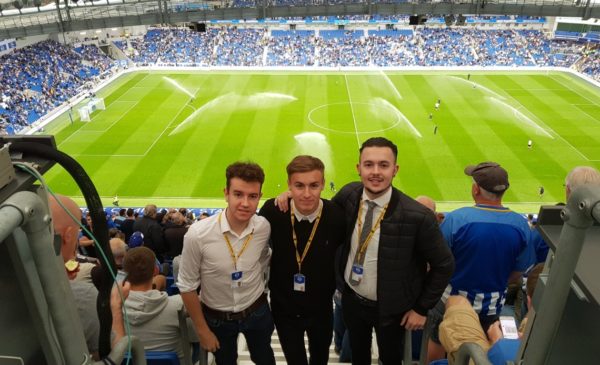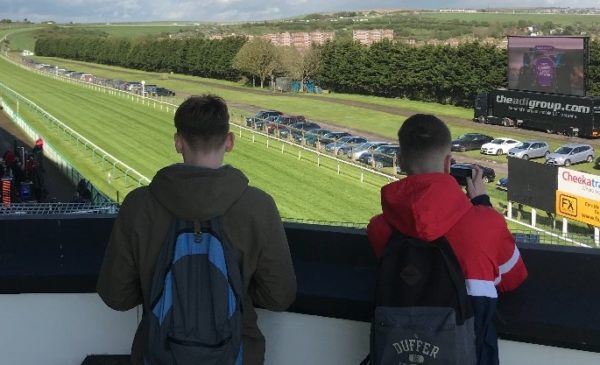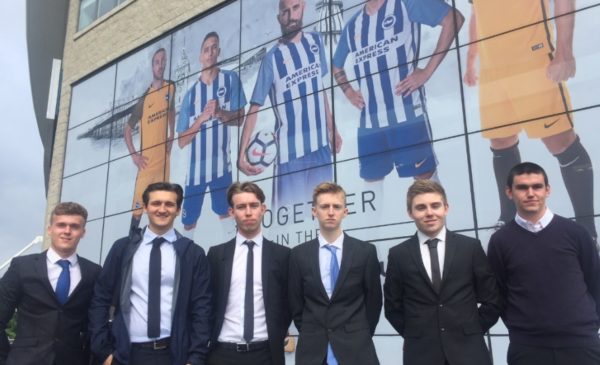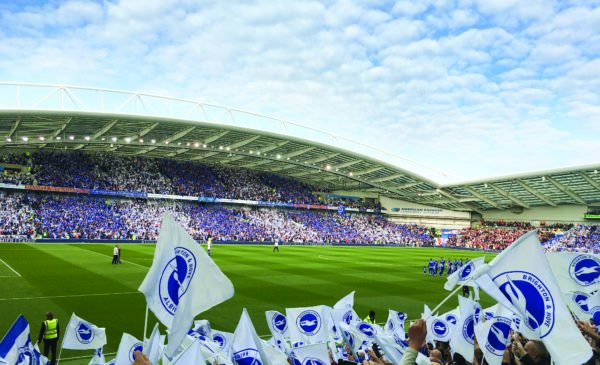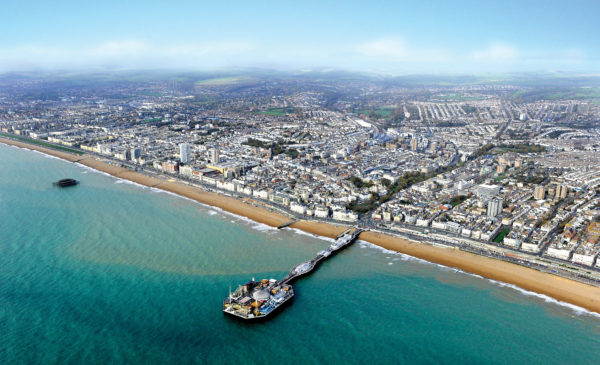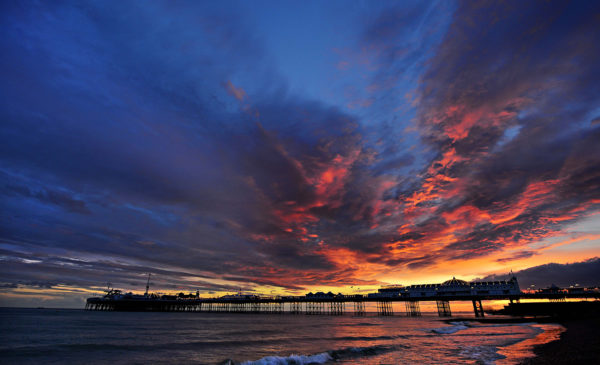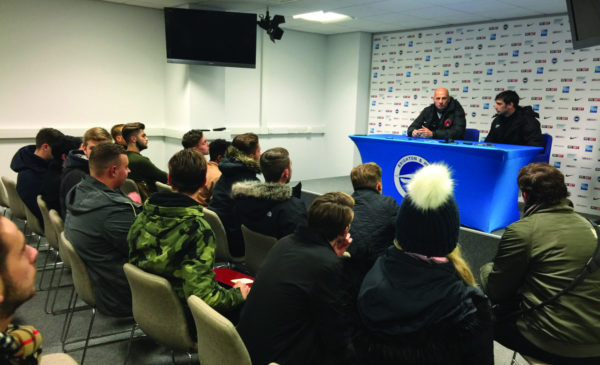Once again, Louis Theroux has delivered and provided his audience with a trilogy of compelling and equally distressing social reportage. Dark States takes us on a journey from the opiate ravaged town of Huntington, West Virginia, to Houston, Texas; one of the largest sex-trafficking hubs in North America, before culminating in Milwaukee, Wisconsin, where homicide is 12 times the national average.
In Huntington, a town with a population of 49,000, it is estimated that 1-4 adults are addicted to heroin or some other opiate, and the rate of overdose is 13 times the national average. As Louis immerses himself in the community, we meet several heroin addicts whose destroyed lives are a legacy of the towns industrial past and the over prescription of pain pills to injured workers.
Repeated scenes of the near dead being brought back to life with Narcan, by the overstretched emergency services, is humanised by the stories of their counterparts and how they found their way into addiction.
Katilya and Petty Betty are two of these casualties. Both reared with opportunities and promise, but the boredom that accompanies life in a rust-belt town, led to early experimentation with the Lortabs and Oxycontin they found in their grandparent’s bathroom cabinets. Starting off because, ‘they just wanted to fit in.’ After the 2011 clamp-down on prescription drugs, Katilya and co were left helpless and addicted, then they found heroin.
On the way to meet Nate, a former welder who now dwells in a tent along the Ohio river, we meet Ned, whose face is despair itself. He laments his education, his old business and his happy, comfortable life. His story reinforces how destructive heroin is and how it ruined his life.
Then we meet Nate, the face of 80% of people in Huntington, who have fallen into addiction after being given prescription drugs. Seeming at peace with his addiction, he loads up a syringe with fentanyl, a drug 100 times stronger than heroin, and explains that he loves being high. When Louis asks about his 12-year-old son, that he no longer sees, the glimmer of reality is uncomfortable for him, he shoots up before he can register the emotion: “You’re killing me, bro.”
In Houston, we are introduced to Shederick Smith, a convicted pimp who expressed the unsavory sentiment that ‘some women are just hoes.’ To understand this mindset and the power of the pimp, Louis looks at the bleak life on Bissonnette Street and the vulnerable women who go work there, day after day.
37-year-old Nicky says she has ‘the best job in the world.’ But her happy hooker façade falls away when she loses her nights takings and is visibly distressed at the thought of the repercussions she will face at the hands of her pimp: ”this guy won’t just slap you around, he will beat the shit out of you.’’
Kim Issacs, now a recovery coach, started on Bissonnette at 12 years old, for 21 years she worked the streets and gave every penny to her pimp. ”Even when I was out in the freezing cold and I had to stay out and reach my quota, I couldn’t wait to put the money in his hand, because I knew I was going to be praised.’’ Her story is echoed in every girl we meet. 18-year-old Savanah continued to ‘turn tricks’ while in Sancta Maria treatment Centre. While Denisha, a former street worker, tells Theroux, ”In the lifestyle that we live, I don’t know do we find comfort in them.’’ Denisha admitted she was still in contact with a pimp despite the physical and emotional abuse he had subjected her to.
The juxtaposition between knowing that these men are bad, and that they want to get away from them, with their love for them and their desire to be needed by them is uncomfortable viewing. These girls have come from deeply traumatic backgrounds, abuse and sex is all they know and although their life is unimaginable, they are content in the comfortable, familiar cruelty of it. They have an emotional love for their pimp that they could not give to a father figure and the attention they get, however damaging, fills a void that was never nurtured elsewhere.
‘’I can babysit, shoot a gun and cook at the same damn time.’’ Enter Shawanda Payne, a gang member turned community activist. It’s a statement that really encapsulates the tumultuous life Shawanda and her neighbours lead in Milwaukee, the fifth most dangerous city in America.
Availability of guns, rising homicide levels and a palpable tension between police and the African-American community has created a sense of hopelessness, where loss of life is a daily occurrence and people believe that guns will protect them.
To get a better understanding of the plight of people in the deadly streets of District 5, Theroux spends time with the police and the community. There is clear dissent between both sides. As one young man put it: ‘‘this is not white on black, it’s blue on black.’’ Between the carnage of dead bodies, crying mothers and street vigils we see the police repeatedly stopping and searching young, black man because they ‘’fit the description.’’ It is evident that police are overstretched and frustrated, but matters weren’t helped when a police officer fatally shot 23-year-old Syville Smith last year.
“This is a state where a lot of trash needs to be cleaned up…There’s been a war on drugs going on here since 2006 and now it’s guns. They’ve given us the right to carry the guns without cleaning up the drugs” said the deceased boys brother Sedan Smith.
The true sadness is seen in the young ‘corner boys’ Theroux speaks to. All young, uneducated and fatherless. Lacking stability, seeking validation, a family-like community and somewhere to be valued: ‘’We’re brothers, we’re a family.’’ Inspired by the fast life on the streets, their aspirations are frighteningly low. When asked where they see themselves in ten years time, the majority just hoped to be alive.
Theroux is successful in illustrating the role of the state in the lives of the people we have watched. The dark legacy of big pharma, the love affair with guns, the failed war on drugs and the increasing problem of illegal sex work. The faces we have seen bring the stories closer to home and refresh the arguments for change.

